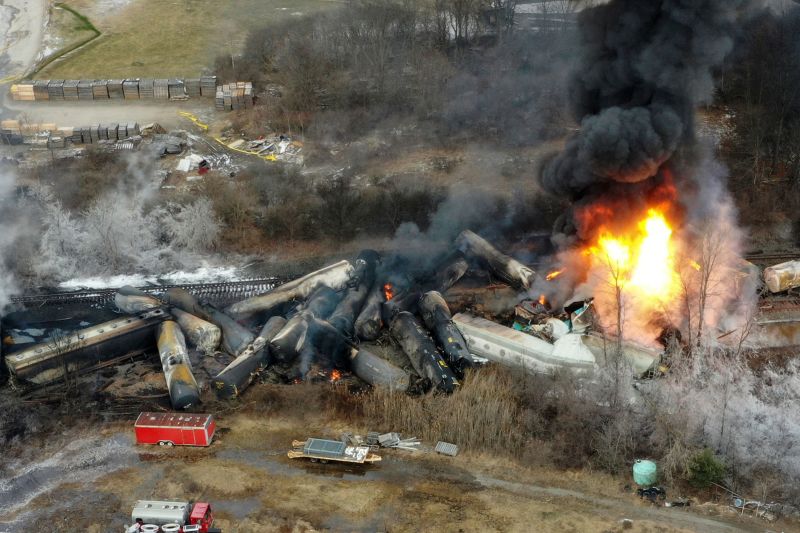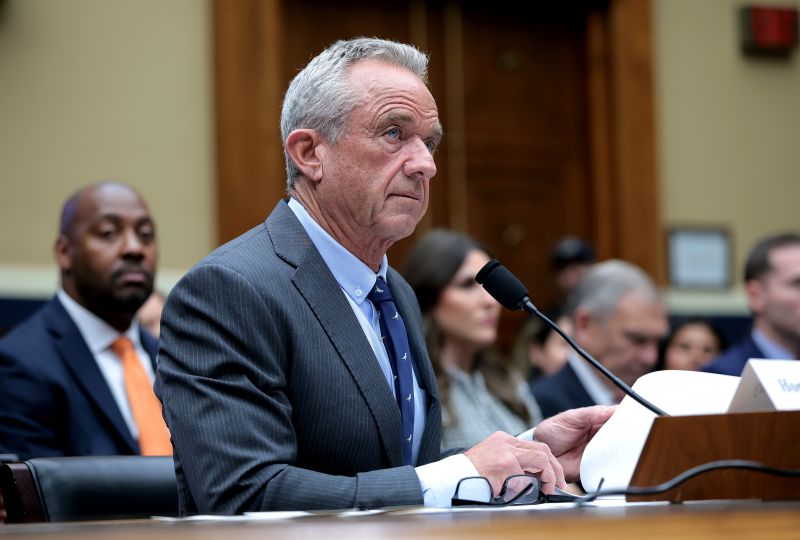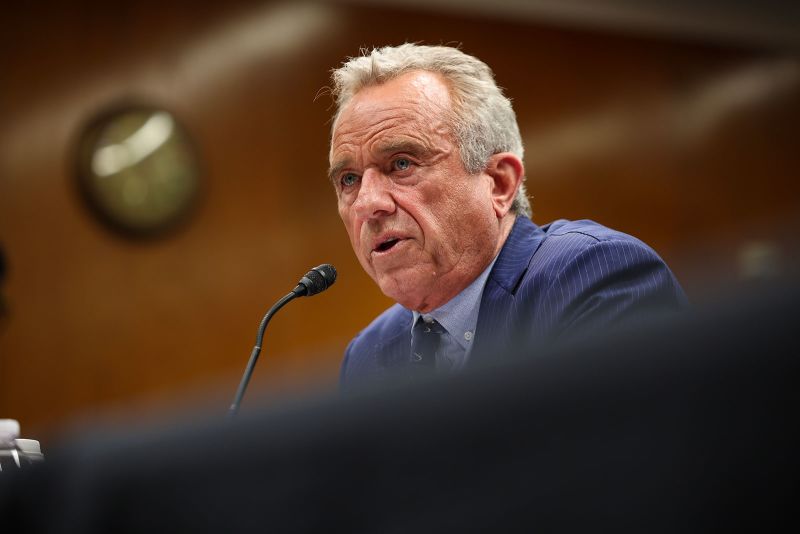In the summer of 1983, Katy Golden’s mom had stocked their kitchen in the suburbs of Detroit with Popsicles and bubble gum. Golden was 5 years old and about to have her tonsils removed to help with some ear issues she’d had since she was an infant.
The procedure seemed to go well; her recovery was similar to that of many other kids she knew who also had their tonsils removed, and she was back to her talkative self in what felt like no time.
But just a few weeks ago, Golden stopped at a supermarket to pick up two packs of grape bubble gum because she was about to have her tonsils removed – again.
They had grown back over the past 40 years – the left tonsil nearly to full size – and were causing trouble once more.
Golden has had dozens of surgeries throughout her life to address inner ear issues and is no stranger to sore throats, but it had been years since she had seen an otolaryngologist, also known as an ear, nose and throat or ENT physician.
“I knew that there was some sort of little flap or something that’s been there for years, but I didn’t realize what it was. I just thought, ‘I’m not a doctor myself. I don’t know much about mouth structure. That’s just how it is,’” Golden said. “But if I would get sick and have a sore throat or something, then of course the back of my mouth would be super inflamed, and it was hard to swallow. And I thought, ‘Well, obviously it’s not my tonsils. I have those out. I’ve just got a sore throat.’”
In September, she developed a particularly painful sore throat and made an appointment with Dr. Cynthia Hayes, an ENT with an office about an hour northwest of Detroit.
While examining Golden’s throat, Hayes explained what she was seeing so a medical scribe could take notes. And when Hayes mentioned the size of the tonsils, Golden says, the disbelief and shock “hit [her] like a ton of bricks.”
“I kind of looked around like, ‘Yeah, no, I don’t have tonsils.’ I looked at her thinking kind of like, ‘Maybe I picked a dud,’” Golden said.
Hayes said she was looking at inflamed tonsils, and Golden was adamant that couldn’t be true.
“I didn’t think it was a possibility. I was in disbelief and shock that tonsils that I thought were gone were causing my pain,” Golden said. “She’s like, ‘Well, they must have grown back.’ And I thought that was just the weirdest answer ever.”
Tonsil removal can help with breathing-related sleep disorders and recurring infections. Tonsillectomies have become less common over time, but surgeons in the US still perform more than half a million procedures each year, according to the Cleveland Clinic.
Tonsil regrowth is rare. The few studies that have attempted to quantify the risk put it somewhere between 1% and 6% of those who have an intracapsular tonsillectomy, a procedure that removes most of the tonsil tissue.
Practices around tonsil removal are not very standardized, experts say, which can make it difficult to understand all of the nuances.
Several methods can be used to remove tonsils. The most common include microdebridement, which uses a tool to suction and shave off tissue, and coblation, a “hot technique” that involves the use of radiofrequency to remove tissue. Some doctors, especially those who were trained decades ago, prefer a “cold technique” that uses only a scalpel or other bladed instruments.
“In addition, the amount of tissue removed can greatly vary surgeon to surgeon and is hard to control for in studies,” Buzi said.
“Tonsillar regrowth likely occurs when residual tonsillar tissue is subject to new inflammation. If performed correctly, tonsillectomy aims to remove all tonsillar tissue, making regrowth rare.”
In eight years of practice, Hayes says, Golden was only the second patient she’d seen whose tonsils had grown back. But she knew right away that’s what was going on.
“It was pretty apparent when you look back there,” Hayes said. “In the back of someone’s throat, there’s an anterior to posterior pillar, and that’s where the tonsil sits. When someone has had their tonsil removed, it should be very smooth. But with hers, it was very bumpy. It looks just like tonsil tissue, just as a regrowth, sitting right there.”
Hayes said she feels strongly that Golden was more prone to tonsil regrowth because of the technique that was used when she was a child. “Cold techniques” were more common when Golden had her initial surgery decades ago, including the use of a guillotine instrument that cut the tonsil off with two blades. But Hayes says “hot techniques,” like the coblation she used for Golden’s surgery this year, allow for more precision.
“I actually dissected down to the tonsil capsule and removed that whole tissue,” Hayes said. “Obviously, I don’t have a magic ball, but I don’t expect that she’s going to have a reoccurrence again.”
Neither Golden nor Hayes can be sure when the tonsil regrowth started or how long it took, but Hayes’ best guess is that they had been there for at least a decade.
Although the regrown tonsils were inflamed and causing discomfort, there was no other medical urgency to having them removed; Golden opted for the procedure after discussing all the risks and benefits.
- Sign up here to get The Results Are In with Dr. Sanjay Gupta every Friday from the CNN Health team.
Tonsillectomy recovery is often longer and more difficult for adults because children tend to heal faster in general, experts say.
In the two weeks since her procedure, Golden says, she’s been supported by doting loved ones but has been surprised by just how brutal recovery has been.
“I haven’t experienced any bleeding, but the back area – think of it like a canker sore that’s as big as the first knuckle of your thumb,” she said. “It’s way more painful than I expected. It’s taking way longer than I thought it would.”
Still, she’s optimistic that the payoff – no longer getting run down with sore throats that “feel like swallowing a cactus for a few days” – will be worth it.
The bubble gum was recommended during her recovery as a child to help encourage saliva production and strengthen her jaw after a long surgery, but this nostalgic experience didn’t help the second time around; chewing hurt for the first few days, Golden said.
Hayes says her expert advice to aid in the healing process is the same no matter the patient’s age: lots of rest – and Popsicles can help, too.








